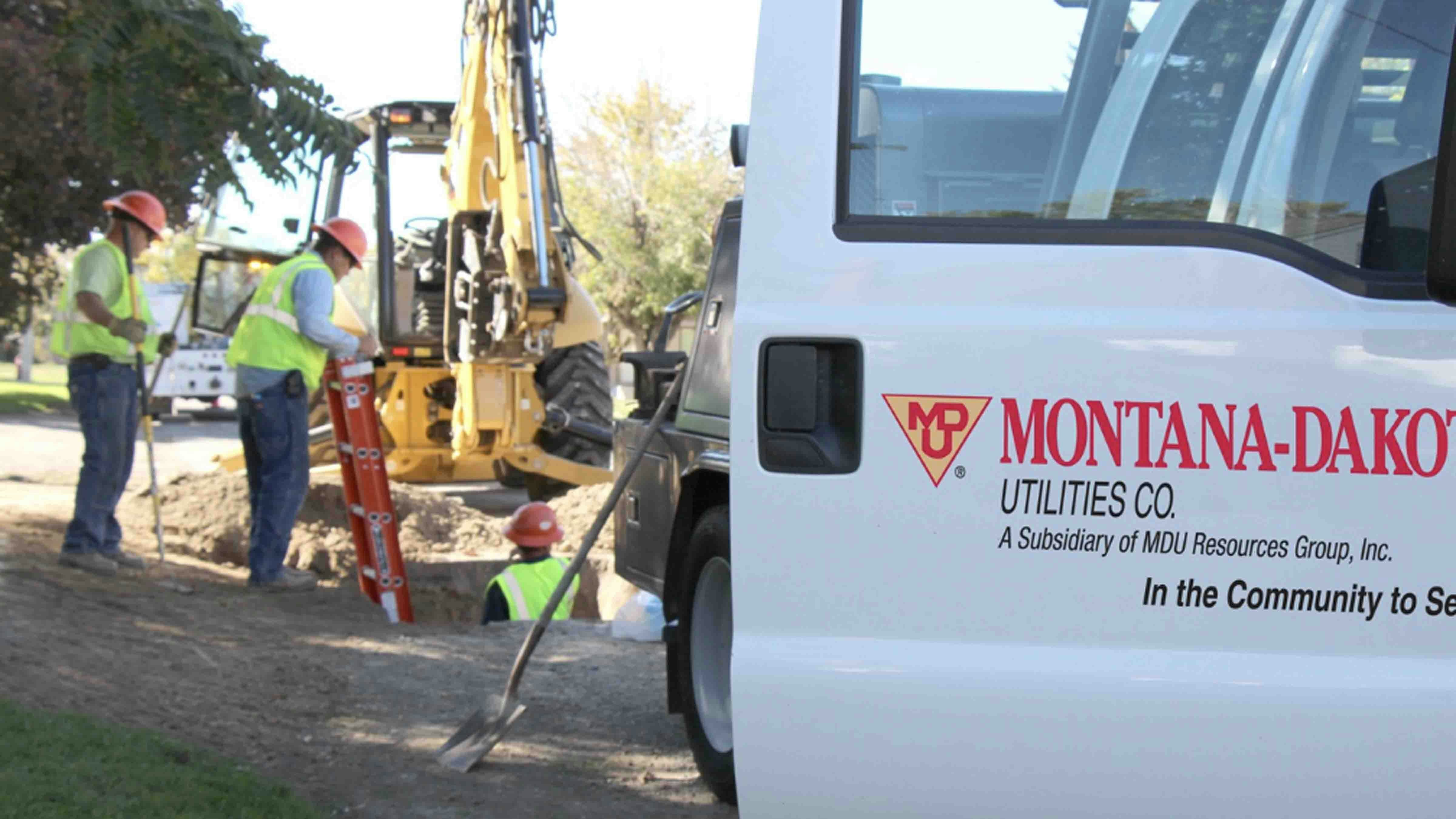Last year was the worst for Wyoming’s economic growth since 1986 due the COVID pandemic, aBureau of Economic Analysis said.
Wyoming’s gross domestic product, the market value of goods and services produced by the labor and property located in the state, shrank 8.3% in 2020, the bureau reported.
“The coronavirus pandemic ravaged businesses and households due to government restrictions and demand reduction,” said Dr. Wenlin Liu, Chief Economist with the Wyoming Economic Analysis Division.
The national decline in the GDP of 2.2% was the steepest since World War II and occurred despite the fact that the COVID recession is measured at having lasted just two months (March and April), the shortest recession in U.S. history, according to the federal agency.
The report covers the GDP for all counties in the United States, and the statistics include contributions to GDP by industries. As a common indicator of an area’s economic activity, the data can be used for comparisons to a different area in size, trend, and structure of the economy.
Across the country, measured in current dollars, the vast majority of states experienced GDP declines, ranging from 9.7% in Hawaii, the biggest decline, to 7% in North Dakota. Wyoming’s decline of 8.3% put it in third place for the third largest GDP decline in the country.
Only nine states and the District of Columbia saw their economies grow from 2019 to 2020, including Idaho (1.7%), Nebraska (1.6%), South Dakota (1.6%) and Utah (1.3%)
“States where the worst downfalls were reported tend to be those that rely heavily on industries that were hit particularly hard by the COVID-19 virus: energy and leisure and hospitality,” Liu said.
In Wyoming, the mining industry (including oil and gas extraction) suffered the largest contraction, dropping by 25.7%, and it accounted for nearly half of all the GDP decline in the state during the year.
Leisure and hospitality industry value income fell by 16.4%, manufacturing declined by 16.3% and transportation and warehousing dipped by 12.3%.
Agriculture, retail trade and government (including public education and hospitals) were the only sectors that showed slight growth.
The size of Wyoming’s economy, $36.3 billion in 2020, was ranked the country’s second lowest, surpassing only Vermont ($33.4 billion).
Compared to the peak year of 2008 when the state’s economy boomed, thanks largely to natural gas exploration, the GDP in 2020 was 15.2% lower, having been devastated by the dramatic decrease in Wyoming’s pivotal industry: mining. Wyoming mining value has decreased by 71.5% since 2008.
“As one of the least diversified economies in the nation, Wyoming’s economic structure has profoundly changed during the past dozen years,” Liu said.
Nationally, the GDP grew 41.5% during the same period.
Despite the decline in recent years, the mining industry still contributed 12.7% of Wyoming’s total GDP in 2020. That proportion was still the highest in the country, but was much smaller than its contribution of 37.8% of GDP recorded in 2008.
For the United States, the mining industry contributed only 0.9% of GDP in 2020.
Eighteen of Wyoming’s 23 counties experienced decreases in GDP between 2019 and 2020.
Sublette and Converse counties saw the largest declines, 27.5% and 23.0%, respectively.
Six other counties saw double-digit declines in GDP: Carbon at 17.1%, Sweetwater at 12.9%, Weston at 11.5%, Platte at 10.7%, Natrona at 10.5% and Uinta at 10.4%.
Reduced mineral extraction activities and services were the main reason for these counties’ steep declines.
Only five counties saw gains in their GDPs, Crook at 3.4%, Sheridan at 2.1%, Albany at 1.4%, Big Horn at 1.1% and Lincoln at 0.5%. The counties are home to little mining activity.
Since 2008, nearly half of Wyoming’s counties experienced a decline in GDP.
Sublette’s and Johnson’s dropped by 83.5% and 71% respectively.
Campbell, Carbon, Sweetwater, Uinta, and Weston counties all declined more than 30%.
Teton grew the fastest, 54.3%, followed by Converse, 36.1%, Albany, 30%, Niobrara, 28.4% and Natrona, 26.8%.
Campbell County had the largest economy in the state from 2001 to 2015. However, Natrona County took over the No. 1 status between 2016 and 2019 until Laramie County became the holder of the top spot in 2020.
The top five counties, Laramie, Natrona, Campbell, Sweetwater, and Teton, combined for 60.8% of Wyoming’s total GDP in 2020.





